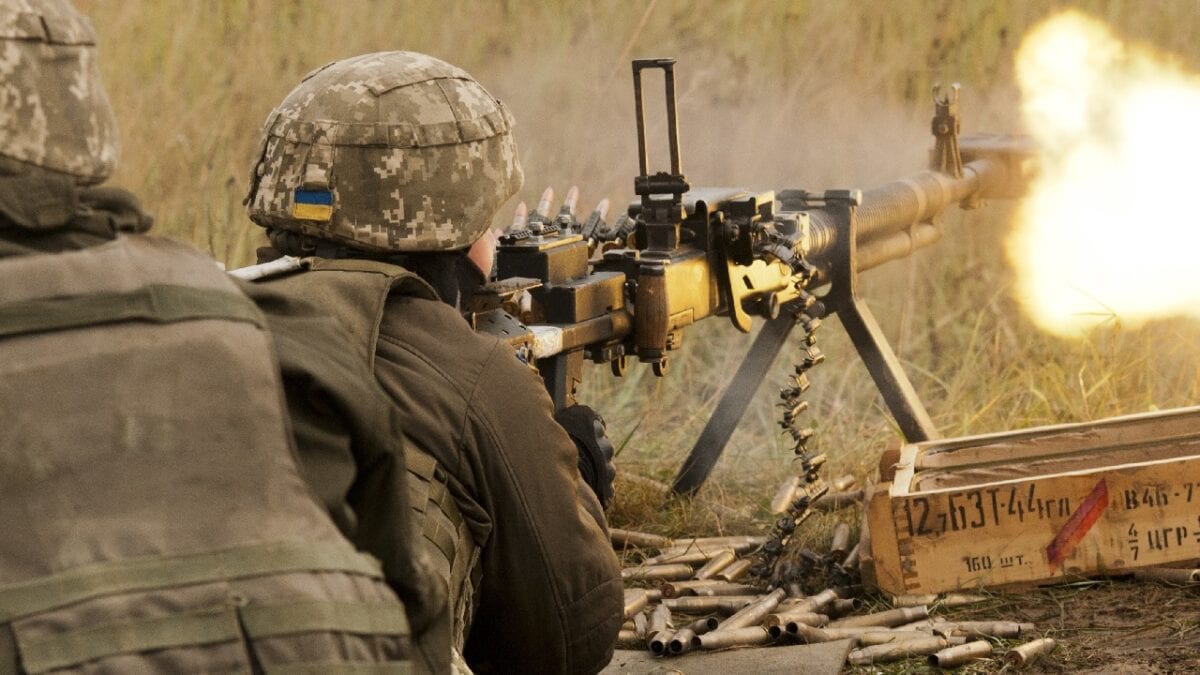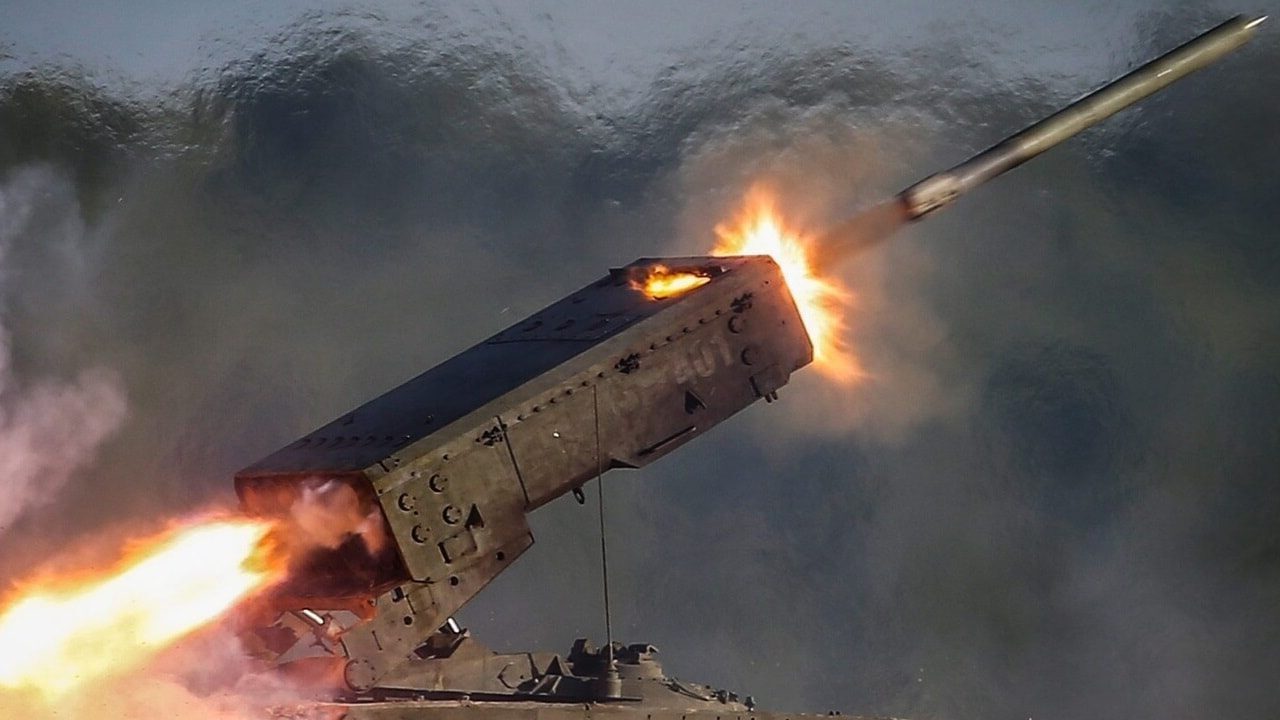As Russia repositions its troops in the eastern Donbas region of Ukraine, various international analysts have recognized Russia’s struggle to take control over Ukraine. Even in the besieged city of Mariupol, which has been raized to the ground by Russian shelling, the Ukrainian military is still holding on and stopping Russian soldiers from taking total control of the region.
Russian soldiers that abandoned positions outside of Kyiv and other central parts of Ukraine have left behind a range of military hardware, vehicles, and supplies – including fleets of tanks, either destroyed or abandoned.
How Many Tanks Has Russia Lost?
Earlier this month, footage from Bucha – a suburb of Kyiv that saw some of the worst alleged human rights abuses take place in this conflict – showed streets full of burned-out tanks and dead bodies.
Since abandoned by Russian troops, the Bucha massacre and the scenes left behind are representative of a general trend of Russian losses in Ukraine.
According to the latest statistics from the Ukrainian Land Forces, a total of 873 tanks have been destroyed by Ukrainian forces so far. The dataset also revealed that 2,238 armored vehicles had been destroyed, along with 179 planes, 154 helicopters, and 408 artillery systems.
How Many Russian Soldiers Have Died?
According to a press release from the General Staff of the Armed Forces of Ukraine, there is a total estimated loss of Russian troops of 21,800.
“The total combat losses of the enemy from 24.02 to 24.04 were approximately: personnel – about 21,800 people were liquidated,” a Google translation of the Ukrainian government statement reads.

Soldiers with the Ukrainian army’s 1st Battalion, 95th Separate Airmobile Brigade train with a DShK 12 mm machine gun during their training cycle at the Yavoriv Combat Training Center on the International Peacekeeping and Security Center near Yavoriv, Ukraine on Sept. 6.
Yavoriv CTC Observer Coach Trainers, along with mentors from the Polish army and the U.S. Army’s 45th Infantry Brigade Combat Team, led the training for soldiers from the 1st Battalion, 95th Separate Airmobile Brigade during the battalion’s rotation through the Yavoriv CTC. The 45th is deployed to Ukraine as part of the Joint Multinational Training Group-Ukraine, an international coalition dedicated to improving the CTC’s training capacity and building professionalism within the Ukrainian army. (Photo by Staff Sgt. Eric McDonough, 45th Infantry Brigade Combat Team)
Russia has repeatedly published very different figures, however. In March, pro-Kremlin newspaper Komsomolskaya Pravda published a report that suggested 9,861 Russian troops had been killed and 16,153 injured. However, the report soon disappeared and Russia’s Ministry of Defense published an official estimate of 498 troops deceased and 1,597 injured.
News website Mediazona also reported that 1,744 Russian soldiers had been killed in Ukraine, and an additional 317 officers.
Estimates from Ukraine and NATO intelligence officials repeatedly differ from the figures infrequently offered by the Kremlin.
Jack Buckby is a British author, counter-extremism researcher, and journalist based in New York. Reporting on the U.K., Europe, and the U.S., he works to analyze and understand left-wing and right-wing radicalization, and reports on Western governments’ approaches to the pressing issues of today. His books and research papers explore these themes and propose pragmatic solutions to our increasingly polarized society.

